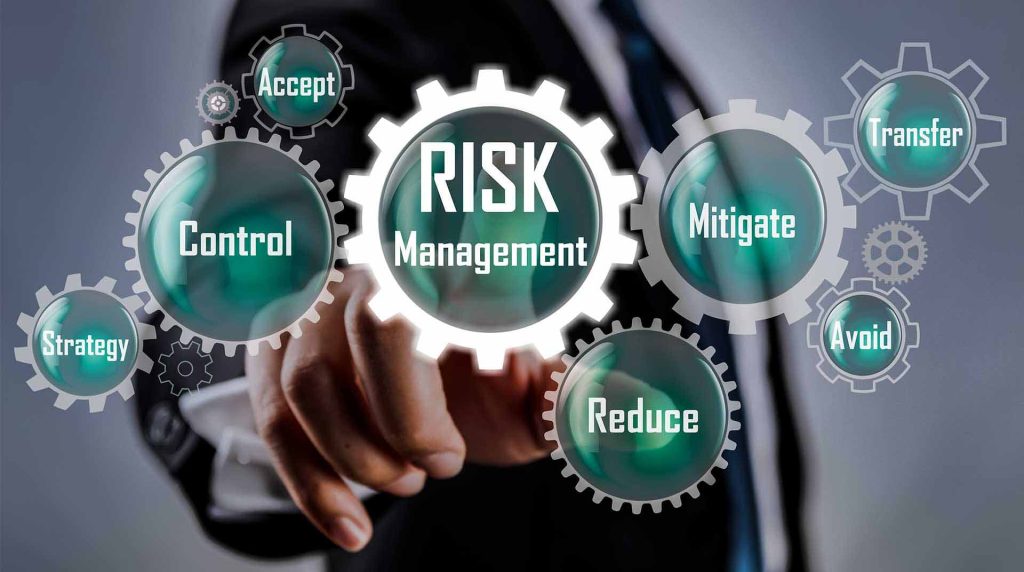
Public Relations and Corporate Communications
Public Relations and Corporate Communications In today’s fast-paced, interconnected world, organizations must manage their image and communicate effectively with both internal and external stakeholders to succeed. Public relations (PR) and corporate communications play crucial roles in this endeavor, though many people often use the terms interchangeably. However, the two concepts are distinct yet intertwined, with PR primarily focused on managing a company’s image with external audiences, while corporate communications cover both internal and external communication within the organization. In this blog post, we will delve into the significance, differences, overlaps, challenges, and strategies involved in both PR and corporate communications. We will also explore their importance, impact, and the skills necessary for professionals working in these fields. The Importance of Public Relations and Corporate Communications Public Relations (PR):PR is the art of managing an organization’s external communications to create and maintain a positive public image. PR efforts focus on building relationships with key external audiences such as the media, customers, investors, and the general public. Through effective media outreach, crisis management, and storytelling, PR ensures that the company’s message resonates and contributes to a favorable perception. Building a Positive Brand Image PR plays a pivotal role in creating a positive image of an organization by shaping public opinion. With media outreach, press releases, and events, PR professionals strategically highlight the brand’s strengths, values, and unique selling points. This helps foster trust, increase brand awareness, and attract loyal customers. Crisis Management In times of crisis or controversy, PR teams are essential for managing the organization’s narrative. Whether it’s dealing with a product recall, negative press, or a social media backlash, PR professionals must act swiftly to provide clear, honest, and empathetic communication to mitigate damage and rebuild public trust. Media Relations and Public Perception The relationship between a company and the media is central to PR. By establishing strong media relations, PR professionals can ensure favorable coverage and manage the narrative around key company events, product launches, or business moves. Media portrayal can significantly influence public perception, making these relationships vital for successful PR strategies. Corporate Communications:Corporate communications encompass all aspects of an organization’s communication, both internal and external. It covers PR, employee communication, investor relations, corporate social responsibility (CSR) initiatives, and more. Corporate communications ensure consistency and clarity in messaging across all departments and levels of an organization, strengthening both employee engagement and the company’s external image. Internal Communication Effective corporate communications are not just focused on external audiences but also play a critical role in aligning employees with the organization’s mission, vision, and goals. By fostering transparent communication, it helps boost morale, increases productivity, and enhances employee satisfaction. Tools like internal newsletters, town halls, and company-wide emails help maintain strong internal communication. Investor Relations An essential part of corporate communications, investor relations helps manage communication with shareholders, analysts, and potential investors. This involves providing updates on financial performance, strategic plans, and any important corporate developments. Consistent and clear investor communication builds confidence and trust, which can significantly affect stock performance and the company’s reputation in the financial market. Corporate Social Responsibility (CSR) CSR is another important aspect of corporate communications, where companies communicate their social and environmental efforts. Transparent CSR communication helps build a positive image and establishes the company as a responsible entity in the eyes of customers, investors, and the general public. This also contributes to the company’s long-term success by fostering goodwill and loyalty among stakeholders. Consistency and Clarity in Messaging A key aspect of corporate communications is ensuring consistent and clear messaging across various channels. Whether communicating internally with employees or externally with investors and customers, a unified message ensures that all stakeholders are aligned with the company’s values, objectives, and vision. This alignment strengthens the overall brand and company culture. Live Examples with Solutions and Impacts PR Example: During a crisis such as a product recall, effective PR helps manage media coverage and public perception. For instance, when Samsung experienced a battery explosion issue with its Galaxy Note 7, its PR team launched a communication strategy to address customer concerns, apologize, and provide safety measures. The company also used press releases and media interviews to reassure the public and rebuild trust. Corporate Communications Example: A company like Microsoft uses corporate communications to maintain an open and transparent relationship with its employees, investors, and customers. They provide internal newsletters to keep employees informed about business strategies, quarterly earnings reports to investors, and customer outreach programs to maintain customer satisfaction and loyalty. Through coordinated efforts, the company’s reputation and brand image are carefully nurtured. Pros and Cons of PR and Corporate Communications Pros of Public Relations (PR) Public Perception ManagementEffective PR helps to create a favorable public image of an organization. By consistently portraying the company in a positive light, it builds trust and credibility with the target audience. When the public perceives a company positively, it leads to enhanced brand loyalty and support. Crisis Management and Damage ControlPR is a critical tool during a crisis. Skilled PR professionals can quickly respond to negative events, communicate the company’s position, and manage media relations to control the narrative. This reduces the potential long-term damage to the brand’s reputation and helps restore consumer confidence. Increased Media Exposure and Brand AwarenessPR strategies such as press releases, media outreach, and event management can significantly increase a company’s media exposure. Increased press coverage helps build brand recognition and awareness, attracting new customers and reinforcing the brand’s presence in the market. Building and Maintaining RelationshipsPR helps build strong, ongoing relationships with key stakeholders, including the media, customers, investors, and the public. These relationships are essential for fostering trust, loyalty, and collaboration, which in turn strengthens the company’s position in its respective market. Reputation ManagementPR plays a key role in not just maintaining but improving the organization’s reputation over time. Through consistent positive media coverage and strategic messaging, PR professionals enhance the organization’s standing in the public eye, promoting a positive narrative and countering any misinformation. Thought LeadershipPR can position









